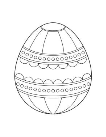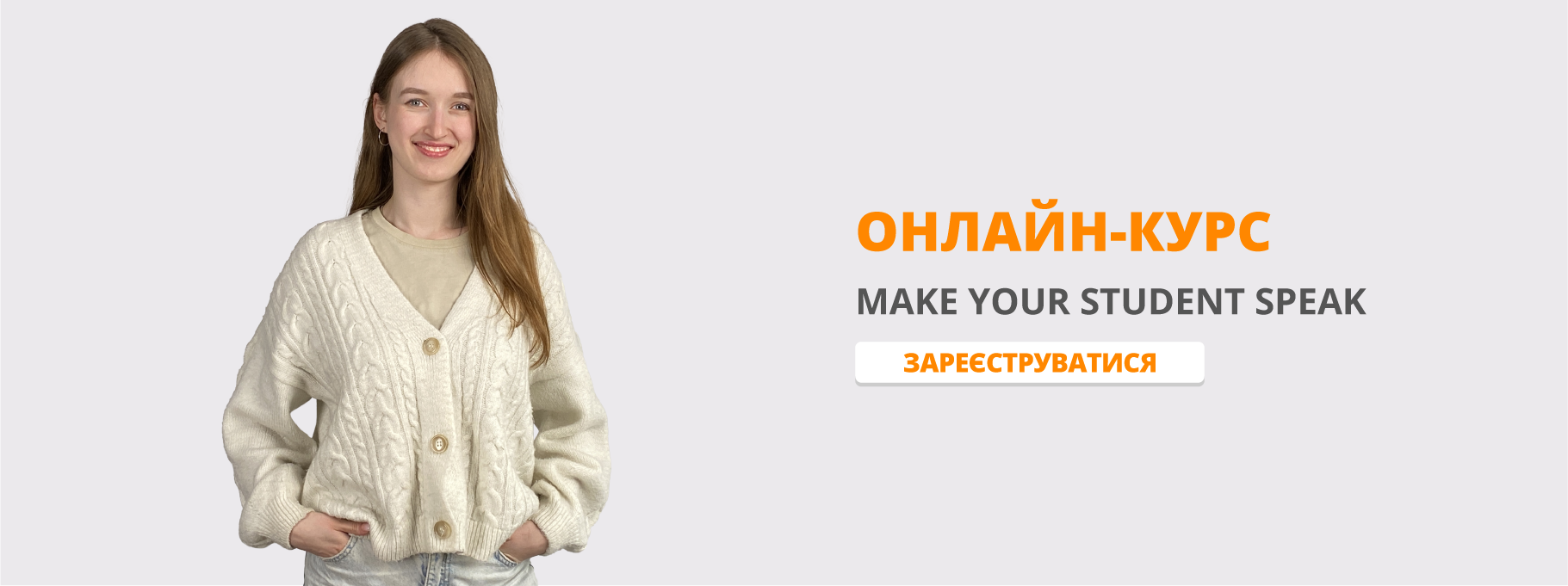Великдень. Традиції і звичаї святкування Великодня в Україні та в Англії. Виготовлення Великодніх поробок.
![]()
![]()
Тема: Великдень. Традиції і звичаї святкування Великодня в Україні та в Англії. Виготовлення Великодніх поробок.
Мета:
Англійська мова:
- ознайомити учнів з традиціями святкування Великодня в Україні та Англії;
- розвивати аналітичне мислення, відчуття мови, увагу, уміння виділяти головне;
- ознайомити з лексикою теми «Великдень»;
- навчати монологічного й писемного мовлення за темою;
- розвивати навички читання тематичного тексту й аудіювання з вибором конкретної інформації і детальним розумінням;
- виховувати в учнів інтерес і повагу до культури та історії України й Англії;
- сприяти розвитку інтелектуальної культури учнів.
Трудове навчання:
- вчити учнів розробляти ескізи, виготовляти викрійки для м’яких іграшок з тканини, шити ці іграшки, надавати їм певного образу, бажаного виразу;
- формувати уміння правильно й акуратно виконувати роботу;
- ознайомити з професією закрійника.
План уроку.
І. Організаційний момент. Повідомлення теми і мети уроку.
ІІ. Історія свята і його символи.
ІІІ. Ознайомлення з новою лексикою. Читання тексту про пасхальні символи
Англії на англійській мові, відповіді на запитання.
ІV. Пасхальні ігри в Англії. Розвиток навиків аудіювання.
V. Пасхальна пісня на англійській мові.
VІ. Майстер-клас. Виготовлення з лоскута тканини іграшкового зайця.
VІІ. Підсумок уроку.
Хід уроку
І. Організаційний момент. Повідомлення теми і мети уроку.
Учитель англійської мови. Hello, children! Today we are going to speak about a very beautiful holiday — Easter. It is a religious holiday. It is celebrated in spring, in April or May. In this day we remember Jesus Christ, go to church and congratulate our friends. Easter is a time of springtime festivals. In Christian countries Easter is celebrated as the religious holiday commemorating the resurrection of Jesus Christ, the son of God. The celebrations of Easter have many customs and legends. So today we’ll speak about Easter, customs and traditions. And we’ll connect our English lesson with Handicraft. So you’ll do some handmade things.
ІІ. Історія свята і його символи.
Христос воскрес!
Христос воскрес! Радійте, діти!
Біжіть у поле, у садок,
Збирайте зіллячко і квіти,
Кладіть на Божий хрест вінок!
Нехай бринять і пахнуть квіти,
Нехай почує Божий рай,
Як на землі радіють діти
І звеселяють рідний край.
На вас погляне Божа Мати,
Радіючи, з святих небес…
Збирайтесь, діти, нумо співати:
- Христос воскрес!
Христос воскрес!
Л. Глібов
Великдень – одне із головних свят християн: перемога життя над смертю, світла над пітьмою. І як чудово, що святкується воно весною, коли природа й люди оживають від довгої зимової сплячки, прагнучи до оновлення й продовження! Світле Христове Воскресіння – головна подія в духовному житті християнина, це Великий день!
З уст в уста передається щаслива вість: Христос воскрес! - Воістину воскрес! І чує земля цю християнську радість та й тішиться разом з людьми.
Яка це добра і світла година, коли село йде на Великдень до церкви! А церква і довкола церкви - мов великий живий квітник. Люди прийшли посвятити паску. Село стоїть у всій своїй одвічній красі, душевній просвітленості. Рід коло роду, як з давніх-давніх часів - усе тут, на одному місці.
ІІІ. Ознайомлення з новою лексикою. (словник)
IV.Читання тексту про Великдень в Україні.
Easter is the feast of Christ’s resurrection.
In Ukraine Easter is called Velykden (The Great Day). In Ukraine Easter has been celebrated over a long period of history and has had many rich folk traditions.
Ukrainian Easter is a historical combination of heathen and Christian traditions. Velykden was celebrated thousands of years ago as the victory of the Light over the Dark, Day over Night, Spring over Winter.
The last Sunday before Easter is called Willow Sunday (Verbna nedilia). On this day pussy-willow branches are blessed in the church.
The week before Easter, the Great (Velykyi) Week (Holy Week), is called the White (Bilyi) or Pure (Chystyi) Week. During this time an effort is made to finish all field work before Thursday, since from Thursday on work is forbidden. Pure (Maundy) Thursday is connected with ritual of clarification by water
On Passion (Strasna) Friday—Good Friday—no work is done.
Saturday evening people gather in the church for the Easter vigil till the very morning when priests bless the food believers brought. After that people go home to celebrate Easter with their families. If they meet other people on the way they say: “Christ is risen!” and these people should reply “Risen indeed”. All the people exchange Easter greetings and give each other painted eggs (krashanky).
Easter cake (‘Kulich’) and painted eggs (‘Krashanki’) are the symbols of Ukrainian Easter and obligatory food on the table this day. Kulich is baked from yeast dough in the form of cylinder.
Krashanka is a boiled and painted egg. On this Day Ukrainian kids play their favorite Easter game: knocking the eggs. If you knock somebody’s egg and your egg is not broken than you are the winner.
The krashanky and pysanky (Easter eggs) are an old pre-Christian element and have an important role in the Easter rites. On this day they are given as gifts or exchanged.
Write TRUE or FALSE:
1. In Ukraine Easter is called Velykden (The Great Day).
2. Velykden was celebrated hundreds of years ago.
3. On Willow Sunday pussy-willow branches are blessed in the church.
4. Pure (Maundy) Thursday is connected with ritual of clarification by water.
5. On Passion (Strasna) Friday all people work.
6. Kulich is baked from yeast dough in the form of cylinder.
7. Krashanka is a boiled and painted egg.
8. On Easter flowers are given as gifts or exchanged.
Complete the sentences:
1. Easter is the feast of ___________________________.
2. In Ukraine Easter is called Velykden _________________.
3. The last Sunday before Easter is called _______________.
4. The week before Easter is called the _________________.
5. On ________________—Good Friday—no work is done.
6. ________________________________ are the symbols of Ukrainian Easter.
7. Krashanka is a ____________ and ___________ egg.
Sing the song about Easter:
Let’s all look for Easter eggs
Easter eggs, Easter eggs.
Let’s all look for Easter eggs
It’s Easter Day today!
V. Draw and paint your own Easter egg:

And now let’s speak about English Easter traditions. Do you know which symbols associated with Easter in GB? . Read text and circle the words-symbols
Easter in GB
Easter is in spring. There are a lot of daffodils around in spring. They’re very beautiful yellow flowers. In Britain, Easter starts on Good Friday. People often eat hot – cross buns on this day. People give children chocolate eggs for Easter and the children can eat them on Easter Sunday. Some families have an” Easter egg hunt”. The parents hide Easter eggs and the children look for them. We often go out as a family on Easter Sunday. Some families have an” Easter egg hunt”. The parents hide Easter eggs and the children look for them. We often go out as a family on Easter Sunday.
And now answer the questions:
When do people eat hot – cross buns?
- Which day isn`t a holiday
- When can children eat their Easter eggs?
- What is an Easter egg hunt?
And let’s read the information about other Easter symbols
- Easter Lilies- The white blossoms symbolize the purity of Jesus. Lilies, emerging from the earth in the spring, also symbolize new life and the resurrection of Christ.
- Easter bunny- The rabbit, or hare, was a symbol of abundant new life in ancient times, and reminds us of spring and new life.
- The lamb - Represents Jesus, "the Lamb of God".
- The cross - Symbolizes Jesus' victory over death.
- Palm branches- Represents when Jesus arrived in Jerusalem on the first Palm Sunday and people waved palm branches, welcoming him.
- Candles - Symbolize Jesus, "the light of the world".
- The Butterfly is one of the significant symbols of Easter. Its whole life cycle is meant to symbolize the life of Jesus Christ. The first stage is the caterpillar, which stands for His life on Earth. Second phase begins from the cocoon stage, portraying the crucifixion and burial of Jesus. The third and final stage is the butterfly, representing His raising from the dead in a glorified body and peace.
VI. Пасхальні ігри в Англії. Розвиток навичок аудіювання.
Учитель англійської мови. І, звичайно, англійські діти на Великдень грають в особливі ігри. Easter games are an integral part of any Easter party. The Easter party games blend nicely with the fun and merriment associated with the festival. Most of the Easter games are based on Easter eggs and are meant for kids. At Easter our parents hide chocolate Easter eggs in the house or in the garden. I go egg hunting. When I find a chocolate egg it`s mine and I can eat it. So, let’s hunt eggs.
Look at the window-sill.
There is an egg behind the book.
There is an egg in the corner of the classroom.
There is an egg under the desk.
Now look on the blackboard.
There is an egg near the flower.
There is one egg on some big plant.
There is an egg near the blackboard.
There is an egg near the door.
There is one egg on the book.
And finally, there is an egg in paper on the floor.
VІІ. Майстер-клас. Виготовлення Великодньої поробки.
Свято Великодня в Англії має свої символи і традиції. Ось, наприклад, великодній заєць. Хто він такий? Звідки він з’явився?
Виявляється, великодній заєць (кролик) символізує достаток і плодовитість, всім відома здатність цього м’якого та пухнастого звірка до розмноження! Одна з легенд про великоднього кролика пов’язана з іменем богині Іостре, котра з’явилася у супроводі довговухого улюбленця. Саме кролики ховають у самих потаємних містечках великодні яйця, щоб дітвора потім шукала їх. Ось так з’явилася одна із улюблених забав англійських дітей.
Не дивно, що в наш комерційний вік у Англії широко налагоджено виробництво великодніх кроликів різних видів – від шоколадно-марципанових варіантів до кумедних іграшково-текстильних виробів і продаються вони в ці передсвяткові дні у великій кількості.
Таку майстерню по виготовленню великодніх кроликів ми організуємо сьогодні у своєму класі. Це буде гарний великодній подарунок друзям чи молодшим братикам і сестричкам. Виготовимо з вами орігамі Великоднього зайчика-підставки для крашанок та Великодню книжку-розмальовку.
VІІІ. Підсумок уроку.
And the last task for you today. Choose one egg from the basket, open it, and answer the guestion.
Щиро вітаємо усіх Вас із прийдешніми Світлими Великодніми Святами. Нехай з Великоднем до Вашої оселі прийде здоров'я, любов, щастя, добробут, душа нехай світлішою стає, серце пломеніє любов'ю, а помисли стануть щирими та добрими. Всіх Вам земних благ!


про публікацію авторської розробки
Додати розробку
